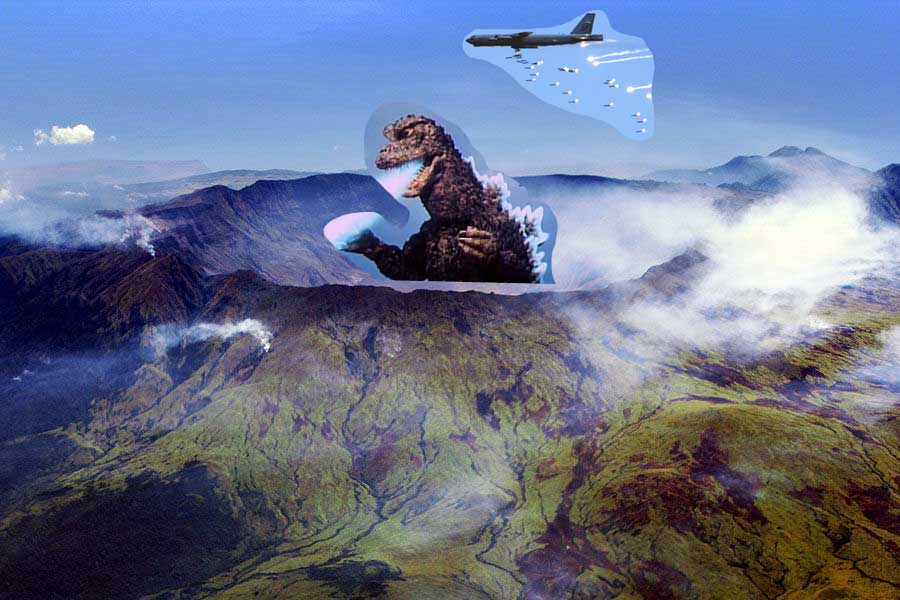
Etching of the 1815 eruption of Tambora in Indonesia
I suppose I shouldn’t be surprised that the increased signs of potential activity at Tambora have started a deluge of appalling drivel across the internet. I mean, Tambora in 1815 is one of those volcanic eruptions that gets the media all in a tizzy. It might have killed over 100,000 people! It was the largest eruption in the last 1,000 (?) years? It destroyed an entire mountain! It created “the Year without a Summer”! The effect on global climate, including rains in Europe, inspired Mary Shelley’s “Frankenstein”! It caused the Earth to spin backwards! (OK, not that last one).
However, the reasoning behind all these “DOOOOOM!” articles is so flawed that I honestly don’t even know where to start.
Let’s take a look at a samples of these articles:

Doom, indeed
Authors:

















